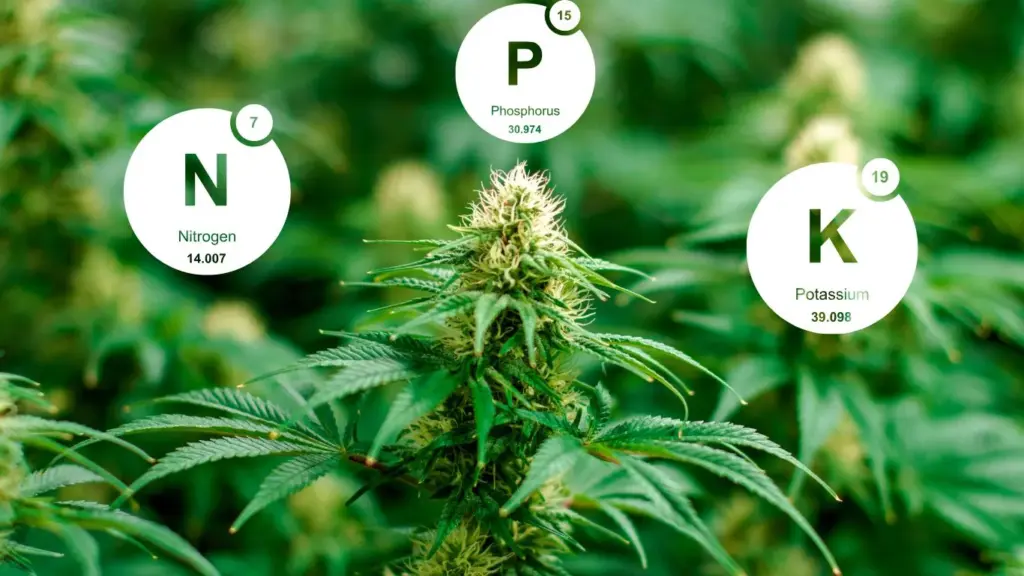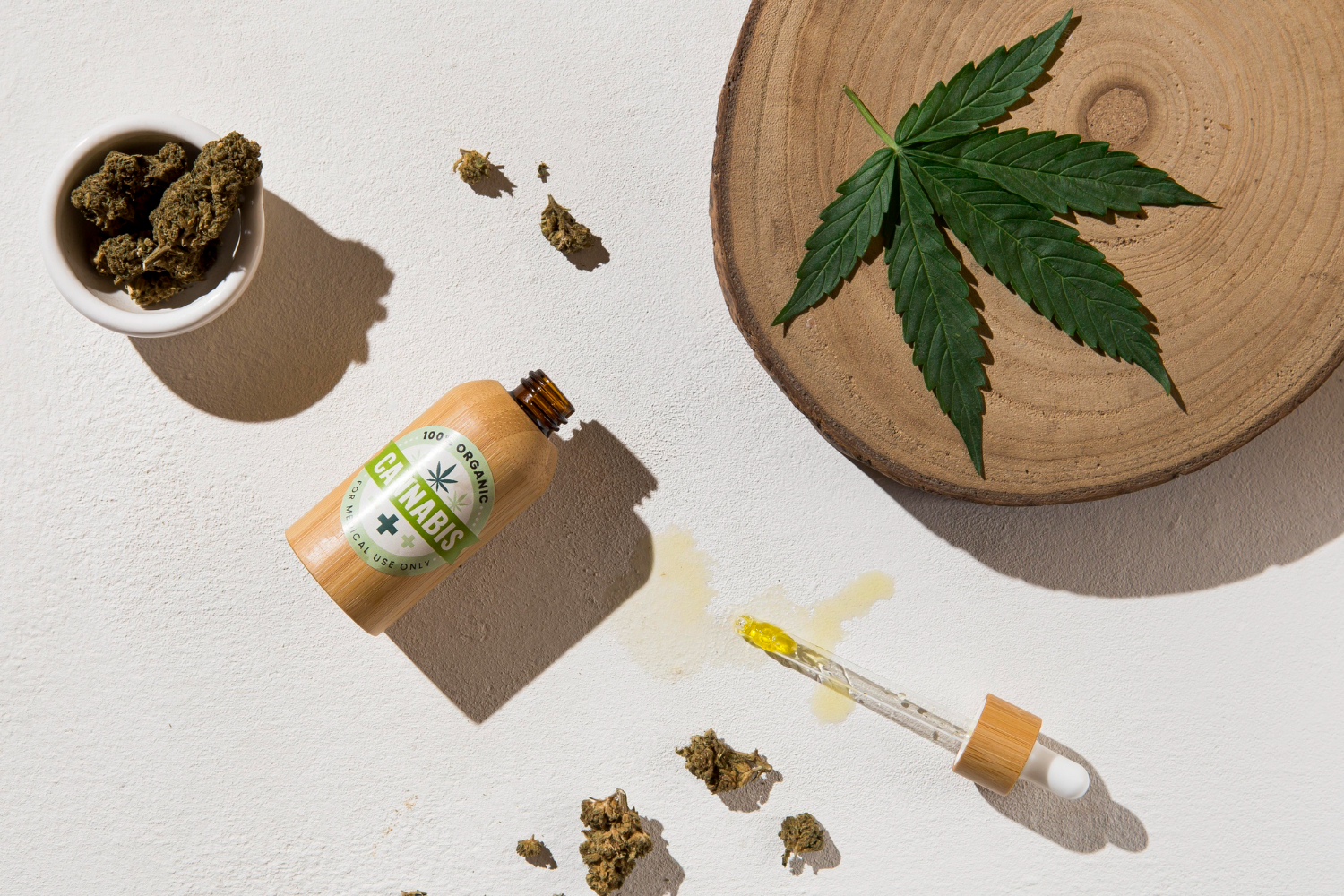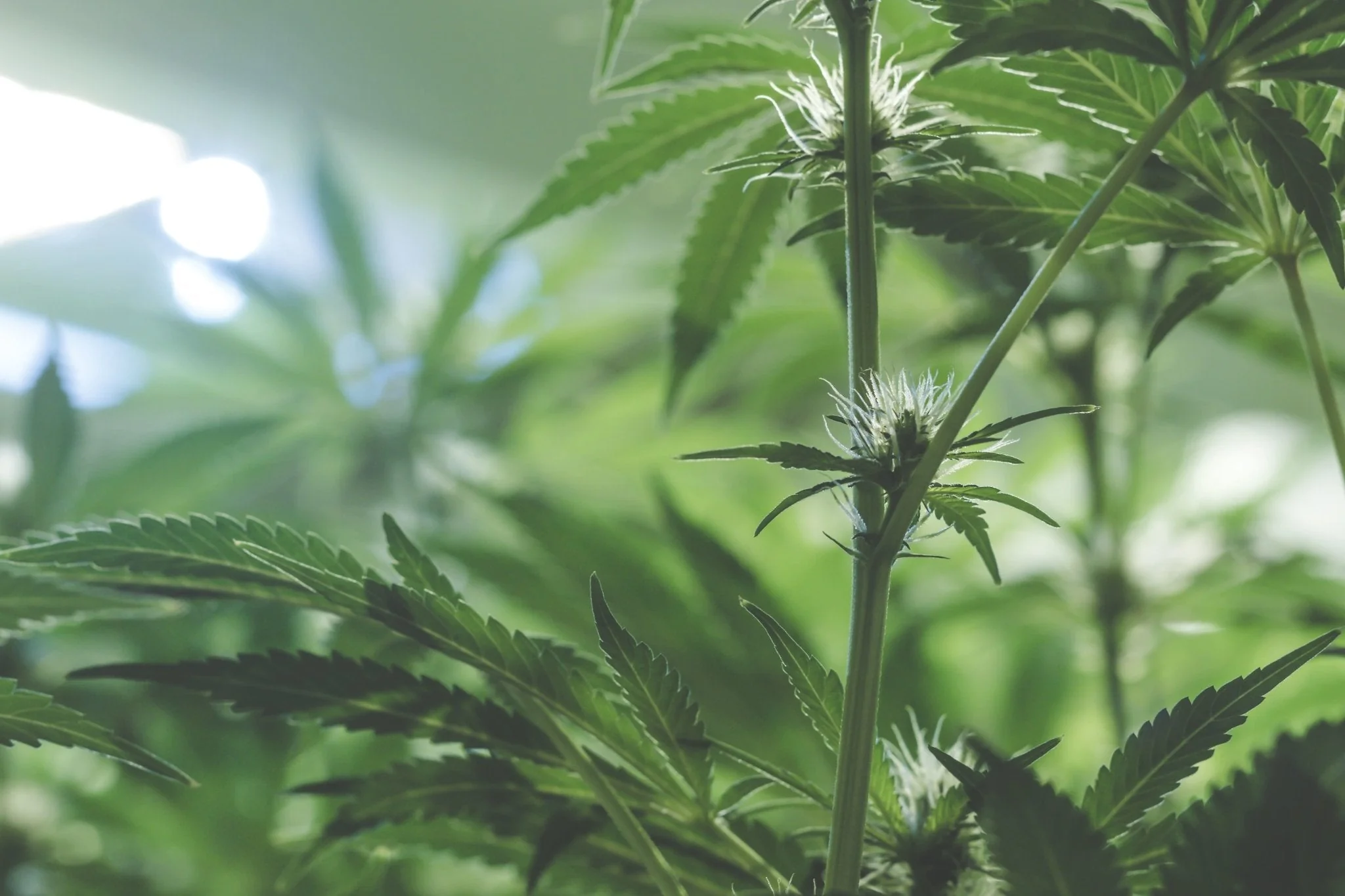Proper nutrient management is one of the most critical aspects of cannabis cultivation, and understanding how to balance nitrogen (N), phosphorus (P), and potassium (K) can significantly impact plant health and yield. In 2025, advancements in nutrient formulation and precision feeding have made it easier than ever to tailor NPK ratios to each stage of growth. However, growers must still understand the role of each macronutrient and how plant needs change from seedling to harvest. By applying the right ratios at the right time, cultivators can avoid nutrient deficiencies, prevent toxicities, and optimise both bud quality and quantity.
Understanding the Role of NPK in Cannabis Cultivation

Nitrogen, phosphorus, and potassium are the three primary macronutrients that cannabis plants need in varying amounts throughout their life cycle. Nitrogen promotes leafy green growth, making it essential during the vegetative stage. Phosphorus supports root development and flower formation, while potassium strengthens cell walls, aids in nutrient transport, and improves disease resistance. While secondary nutrients like calcium, magnesium, and sulphur are also important, the balance of NPK is the foundation of any feeding schedule. In cannabis cultivation, this balance is not static—plants require higher nitrogen early on and a shift toward more phosphorus and potassium during flowering. Understanding this dynamic is the first step to creating a successful feeding program.
Seedling Stage: Gentle Feeding with Low NPK Ratios
Seedlings are delicate and easily damaged by excessive nutrients, making gentle feeding a necessity. At this stage, cannabis plants rely primarily on the stored energy within their seeds, so nutrient requirements are minimal. An ideal NPK ratio for seedlings is around 2-1-2 or even lower, with nitrogen kept low to prevent nutrient burn. Many growers choose to use seedling-specific nutrient solutions or dilute vegetative feeds to one-quarter strength. The focus should be on creating a stable environment with proper pH, gentle light, and consistent moisture. Overfeeding during this phase can stunt growth or cause root damage, delaying the transition into vigorous vegetative growth.
Vegetative Stage: High Nitrogen for Rapid Growth
During the vegetative stage, cannabis plants require a substantial boost in nitrogen to support rapid leaf and stem development. An optimal NPK ratio for this phase typically falls around 3-1-2, with the highest number representing nitrogen. This promotes lush foliage, strong stems, and an expansive root system capable of supporting heavy flowering later. Adequate phosphorus is still needed for root health, while potassium plays a role in overall plant resilience. In 2025, many growers are using precision drip systems or automated hydroponic feeds to deliver consistent nutrient levels, avoiding the peaks and troughs that can stress plants. Monitoring electrical conductivity (EC) and pH is especially important in this stage to prevent nutrient lockout.
Flowering Stage: Boosting Phosphorus and Potassium
Once plants enter the flowering stage, nutrient priorities shift dramatically. The focus moves away from nitrogen and toward phosphorus and potassium to support bud development, resin production, and overall flower quality. An ideal flowering NPK ratio often ranges from 1-3-2 in early bloom to 0-3-3 in late bloom, with nitrogen kept as low as possible to avoid leafy flowers. Phosphorus promotes the formation of dense buds, while potassium improves terpene and cannabinoid profiles and enhances plant immunity. During this stage, many growers use bloom boosters or supplements designed to maximise flower size and potency. Care should be taken not to overfeed, as excessive phosphorus can lead to nutrient imbalances, particularly with micronutrients like zinc and iron.
Late Flowering and Flushing: Preparing for Harvest
In the final two weeks before harvest, most growers switch to a flushing regimen, providing plants with plain water or a flushing solution to remove any residual salts and excess nutrients from the growing medium. This stage eliminates nutrient buildup that can affect the taste and smoothness of the final product. NPK requirements during flushing are minimal to nonexistent, as the goal is to allow plants to consume any remaining stored nutrients. In 2025, some cultivators are experimenting with gradual nutrient tapering rather than abrupt flushing to reduce plant stress while still achieving a clean final product. The choice between these methods often depends on the growing medium, cultivar, and desired flavour profile.
Advanced Feeding Strategies in 2025

Modern cannabis growers are increasingly using data-driven tools such as leaf tissue analysis, EC sensors, and AI-powered nutrient calculators to fine-tune feeding schedules. These technologies allow cultivators to adjust NPK ratios in real time based on plant health indicators, growth rate, and environmental conditions. Sustainable practices, such as organic nutrient sources and living soil systems, are also becoming more popular, offering a more balanced nutrient release over time. Whether using traditional bottled nutrients or advanced automated systems, the key to success lies in understanding the shifting NPK demands of cannabis plants and delivering them in precise, timely doses. With the right feeding approach, growers can achieve optimal yields, potent flowers, and healthy, thriving plants throughout the cultivation cycle.





Leave a Reply